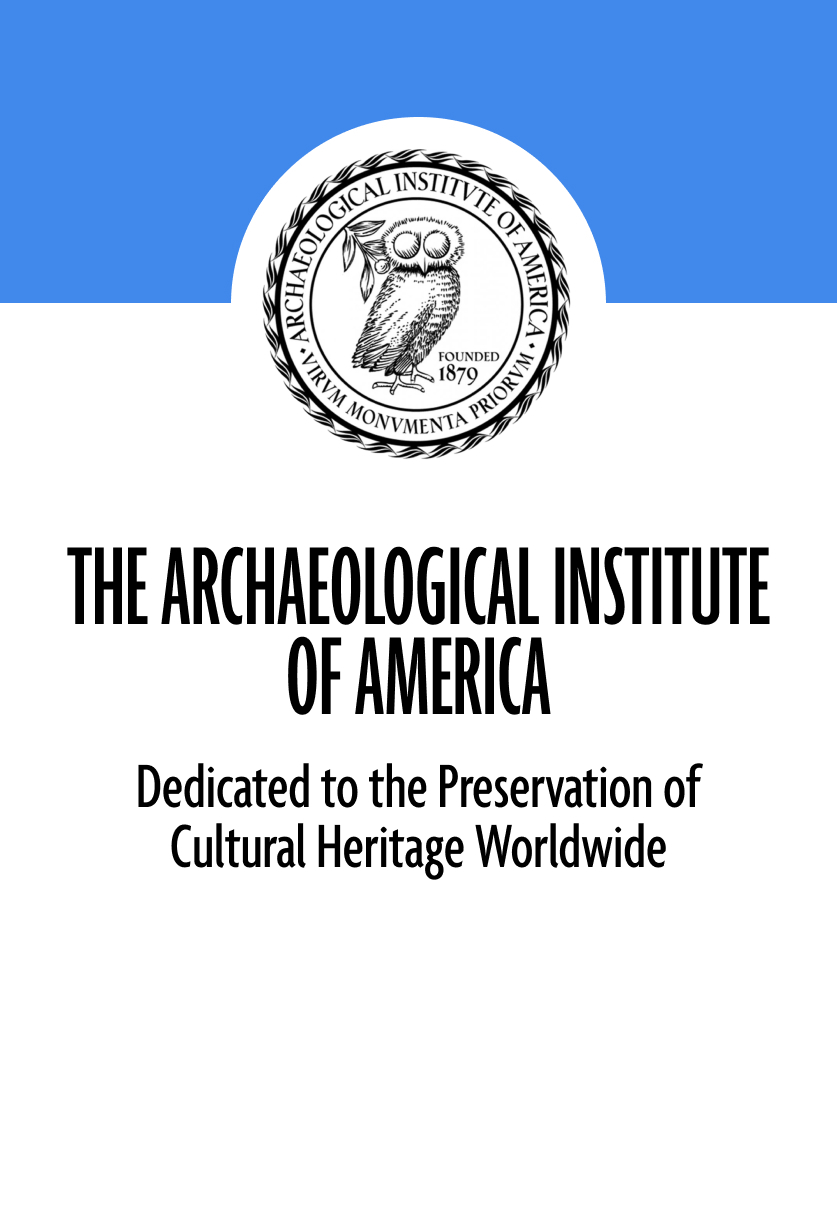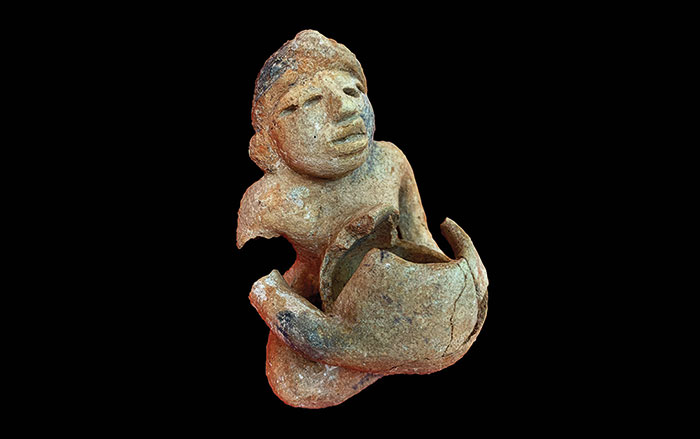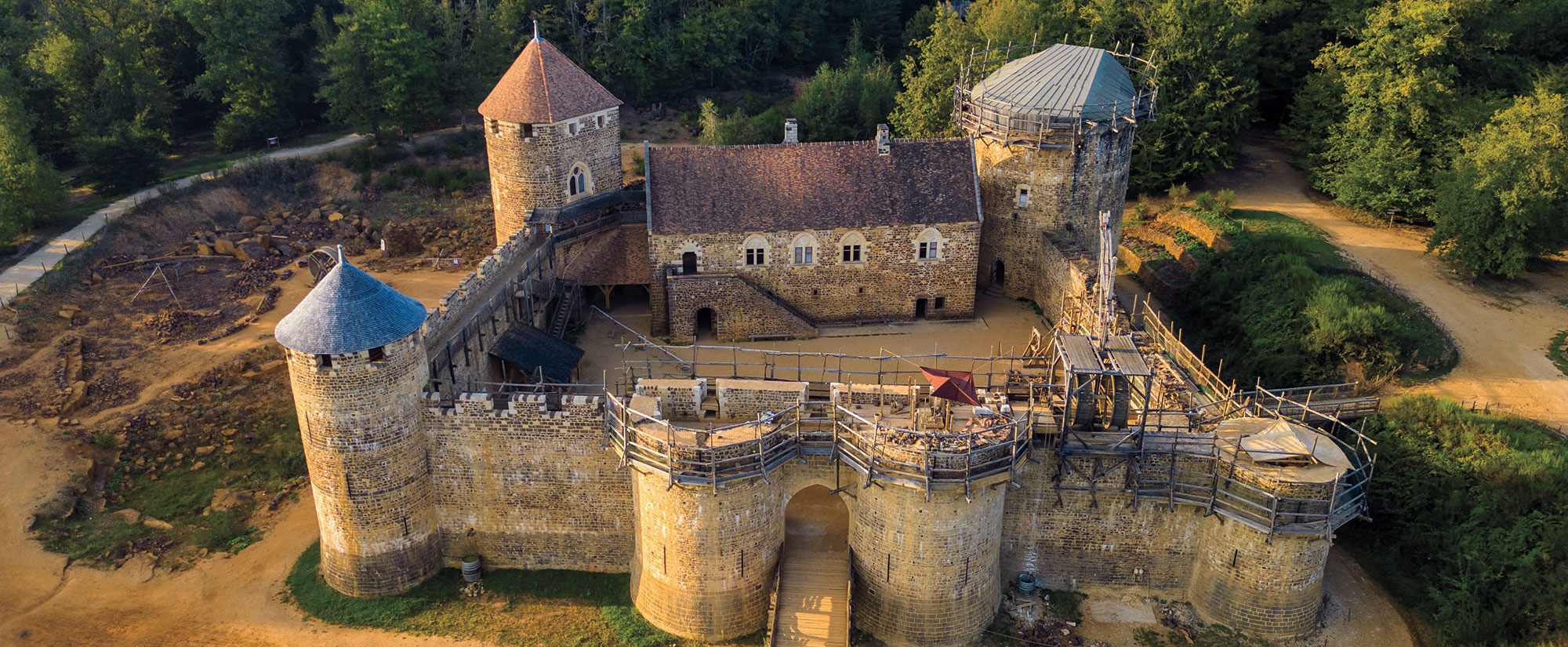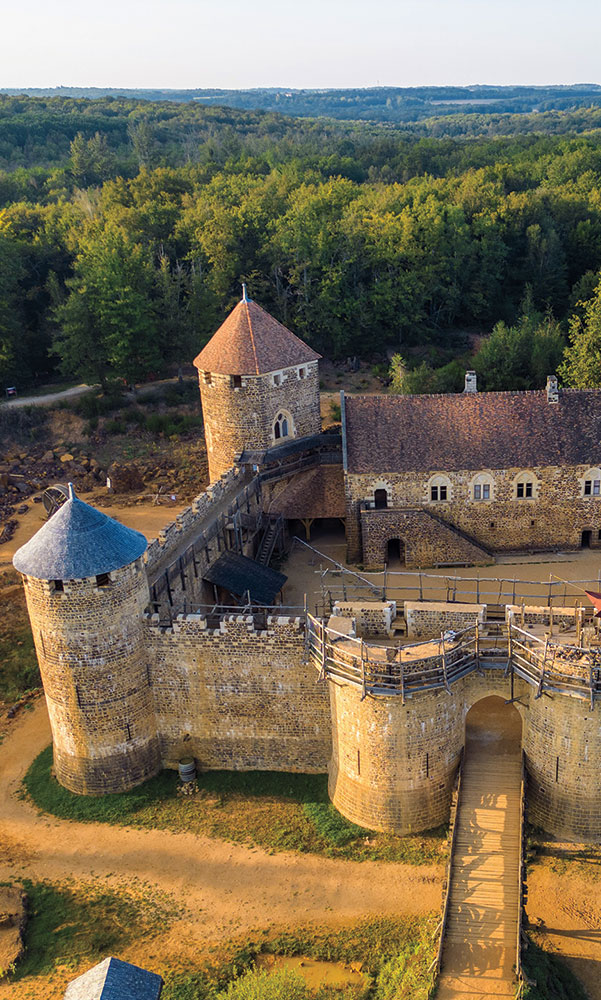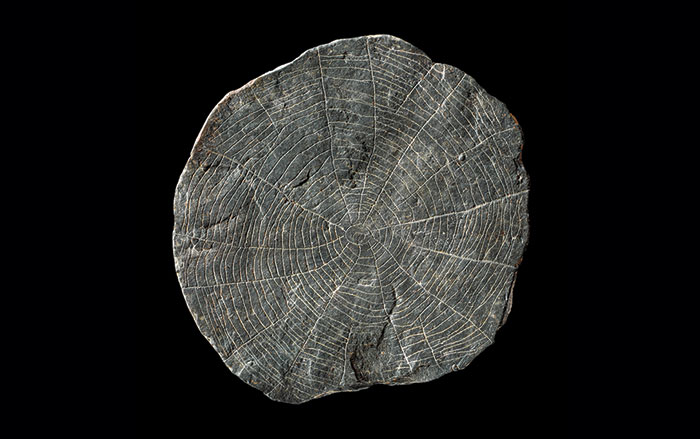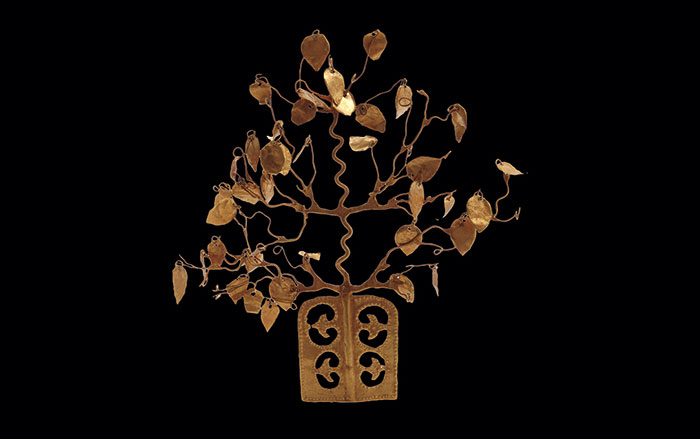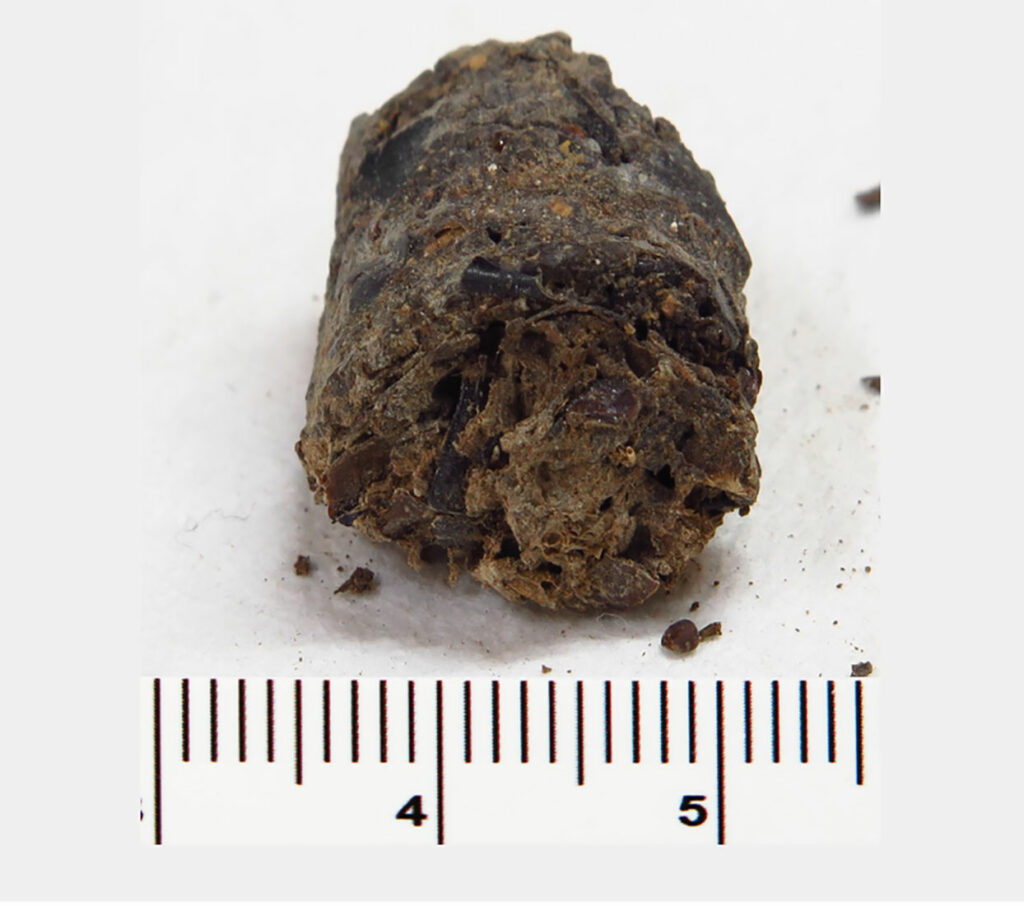
MEXICO CITY, MEXICO—Phys.org reports that Santiago Rosas-Plaza of the National Autonomous University of Mexico and a team of researchers have analyzed coprolites, or feces, and intestinal tissue samples taken from the well-preserved remains of Zimapán Man, whose 1,000-year-old body was discovered wrapped in a bundle in a rock shelter in central-eastern Mexico. Zimapán Man is thought to have been a semi-nomadic hunter gatherer of the Otopame culture, who died between the ages of 21 and 35. The study identified several types of bacteria associated with the human microbiome in the ancient remains, including bacteria in the Clostridiaceae family, which has been found in the intestinal tissues of ancient mummies from Andean civilizations. Bacteria found in the gut of people living today, such as Romboutsia hominis, was also found. To read in-depth about how archaeologists are analyzing microbiomes to learn about the past, go to "Worlds Within Us."
